While dinosaurs dominated the Mesozoic Era as the most visible and impressive creatures of their time, a fascinating microscopic world thrived beneath their massive feet. The undergrowth of the dinosaur age teemed with invertebrate life forms that played crucial ecological roles in these ancient ecosystems. These tiny predators—insects, arachnids, and other arthropods—evolved remarkable survival strategies, hunting techniques, and adaptations that allowed them to flourish alongside their gigantic contemporaries. Though often overlooked in popular discussions of prehistoric life, these invertebrates represented the true biological dominance of the era, both in terms of species diversity and ecological impact. Their story provides a fascinating glimpse into a miniature world that existed in parallel with the age of dinosaurs.
The Ancient Arthropod Advantage

Arthropods—the phylum that includes insects, arachnids, and crustaceans—had already been evolving for over 300 million years before dinosaurs appeared on Earth. By the time the first dinosaurs emerged in the Late Triassic period (around 230 million years ago), arthropods had developed sophisticated body plans, sensory systems, and ecological relationships that positioned them for continued success. Their exoskeletons provided protection while allowing for mobility and growth through molting. The segmented design of their bodies allowed for specialization of different body parts for various functions—feeding, locomotion, reproduction, and sensory perception. Their small size enabled them to occupy microhabitats unavailable to larger animals, while their rapid reproduction rates allowed for quick adaptation to changing environments. This evolutionary head start gave arthropods significant advantages that helped them dominate the undergrowth throughout the entire age of dinosaurs.
Prehistoric Insects: The First Flyers

Insects were the first animals to evolve flight, achieving this revolutionary adaptation during the Carboniferous period, long before pterosaurs or birds took to the air. By the time dinosaurs evolved, insects had been flying for over 100 million years, perfecting this mode of locomotion and exploiting aerial niches. The Mesozoic Era saw further refinements in insect flight, with the evolution of more sophisticated wing structures and flight muscles. Early dragonfly relatives, known as Protodonata, reached wingspans of up to 70 centimeters during the Permian period, though Mesozoic species were typically smaller. The ability to fly gave insects tremendous advantages: they could escape predators, disperse to new habitats, find mates, and locate food resources more efficiently than earthbound creatures. Flight also enabled insects to become important pollinators for the emerging flowering plants (angiosperms) that began to diversify during the Cretaceous period, establishing one of the most important ecological relationships in terrestrial ecosystems.
Mesozoic Arachnids: Eight-Legged Hunters
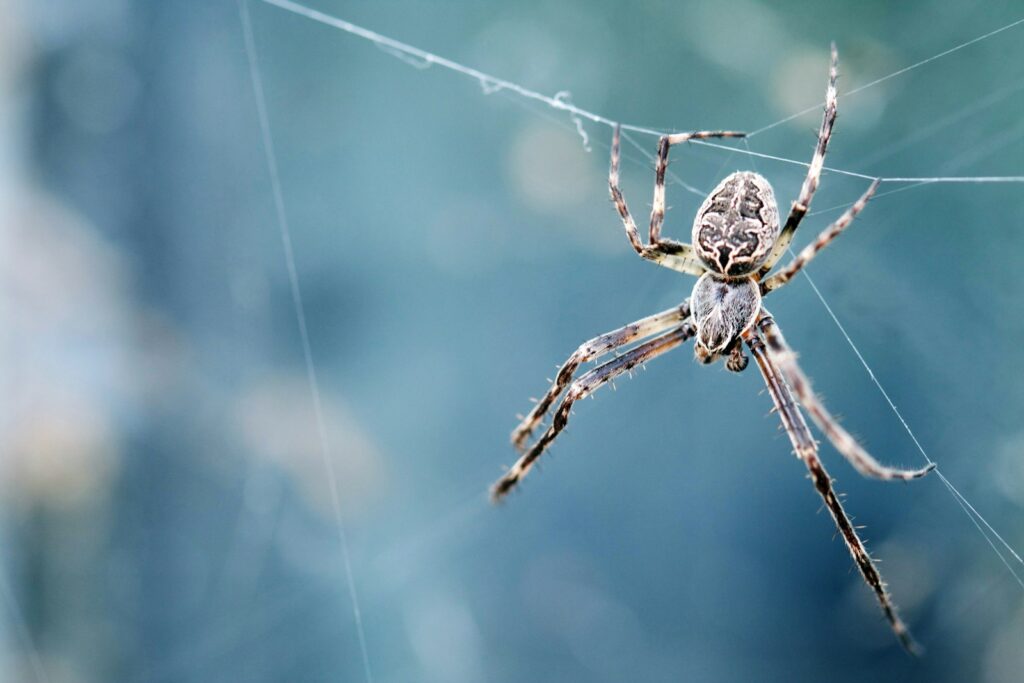
Spiders and their relatives were already well-established predators by the dinosaur age, having appeared in the fossil record as early as the Devonian period, about 380 million years ago. During the Mesozoic Era, spiders continued to diversify, developing increasingly sophisticated hunting techniques and silk-producing capabilities. The amber fossil record from the Cretaceous period reveals spiders remarkably similar to modern forms, suggesting that many of their hunting strategies were already in place. Some Mesozoic spiders built webs to capture flying insects, while others were active hunters that pursued prey on the ground or vegetation. Spider venom, an advanced biochemical weapon, allowed these predators to subdue prey larger than themselves. Other arachnid groups present in the Mesozoic included scorpions, which had already been terrestrial for millions of years, and mites, which occupied diverse ecological niches as predators, parasites, and decomposers. Together, these arachnids formed a significant component of the predatory invertebrate fauna in dinosaur-age ecosystems.
Ancient Centipedes and Millipedes: The Undergrowth Patrol
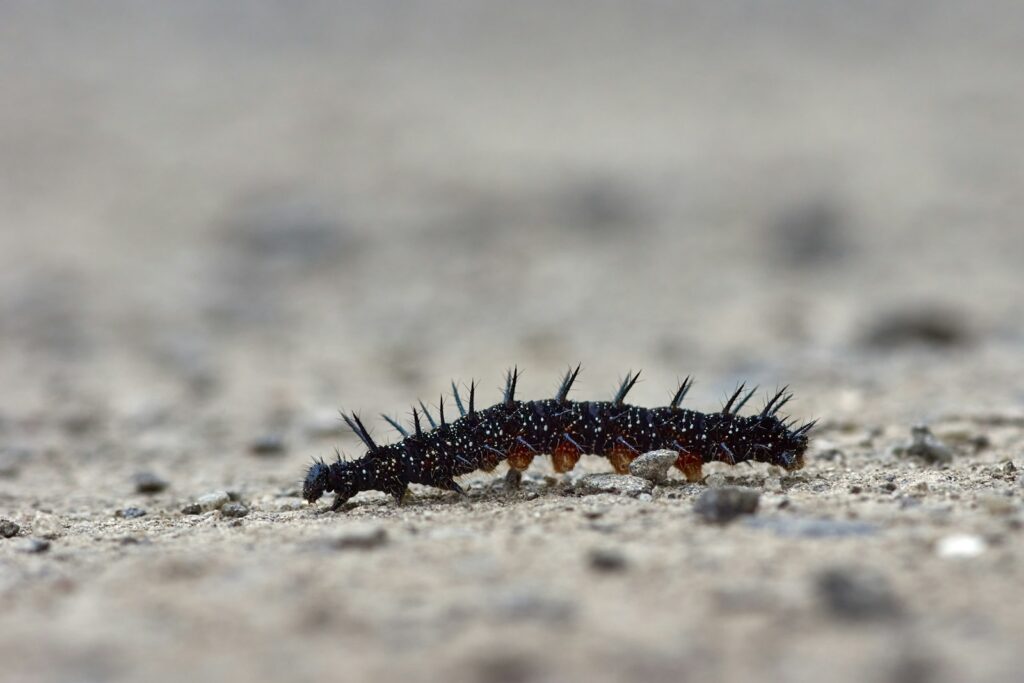
Centipedes and millipedes, belonging to the subphylum Myriapoda, were important components of the forest floor ecosystem during the dinosaur age. These many-legged arthropods had already been evolving since the Silurian period, over 400 million years ago. By the Mesozoic Era, they had diversified into numerous species occupying various ecological niches. Centipedes were active predators, using modified front legs called forcipules to inject venom into their prey, which typically included other small invertebrates. Fossils from the Cretaceous period reveal centipedes remarkably similar to modern forms, with specialized sensory organs and efficient locomotory systems. Millipedes, in contrast, were primarily detritivores, feeding on decaying plant material and contributing to nutrient cycling in forest ecosystems. Some Mesozoic millipedes reached considerable sizes, with certain species growing up to 30 centimeters in length. Together, these myriapods played crucial roles in the decomposition processes and predator-prey relationships within the leaf litter and soil of Mesozoic forests.
Prehistoric Pollinators and Plant Relationships

The Mesozoic Era, particularly the Cretaceous period, witnessed one of the most significant evolutionary developments in Earth’s history: the rise and diversification of flowering plants (angiosperms). This botanical revolution was intimately linked with the evolution of pollinating insects. Beetles were likely among the earliest insect pollinators, visiting prehistoric gymnosperms even before the evolution of flowering plants. As angiosperms emerged, more specialized relationships developed with various insect groups. Mesozoic amber has preserved numerous pollen-carrying insects, including early bees, moths, flies, and beetles, providing direct evidence of these ancient relationships. Some Cretaceous flowers show adaptations specifically for insect pollination, including nectar guides and specialized structures to ensure pollen transfer. The mutually beneficial relationships between plants and their pollinators drove rapid diversification in both groups. This co-evolutionary process established the foundation for the complex plant-pollinator networks that would become dominant in post-Mesozoic terrestrial ecosystems, fundamentally reshaping life on land even as dinosaurs continued to dominate as the largest animals.
Prehistoric Parasites: Tiny Vampires of the Mesozoic
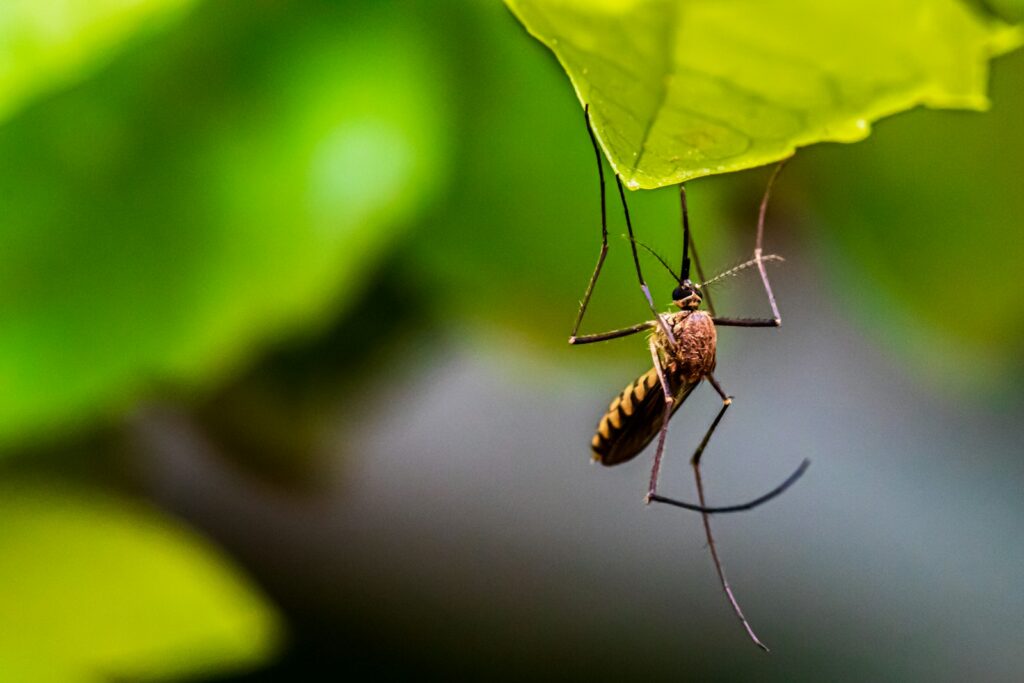
Parasitism was a well-established lifestyle among invertebrates during the dinosaur age, with various arthropods evolving to exploit the resources provided by vertebrate hosts, including dinosaurs themselves. Evidence from exceptionally preserved fossils and amber inclusions reveals the presence of blood-feeding insects similar to modern mosquitoes, biting midges, and fleas during the Mesozoic Era. These ectoparasites likely fed on dinosaurs, pterosaurs, early mammals, and other vertebrates of the time. In 2012, researchers described giant flea-like insects from the Middle Jurassic and Early Cretaceous of China that may have fed on feathered dinosaurs or pterosaurs, using their elongated mouthparts to pierce tough skin. Ticks, which today are significant ectoparasites of reptiles, birds, and mammals, were also present during the Mesozoic, as evidenced by specimens preserved in amber. Some amber specimens even contain parasites preserved with their host animals, providing direct evidence of these ancient ecological relationships. Internal parasites, such as nematodes and flatworms, almost certainly infected Mesozoic vertebrates as well, though evidence of these soft-bodied organisms is rarely preserved in the fossil record.
Mesozoic Aquatic Invertebrates: Rulers of Prehistoric Waters
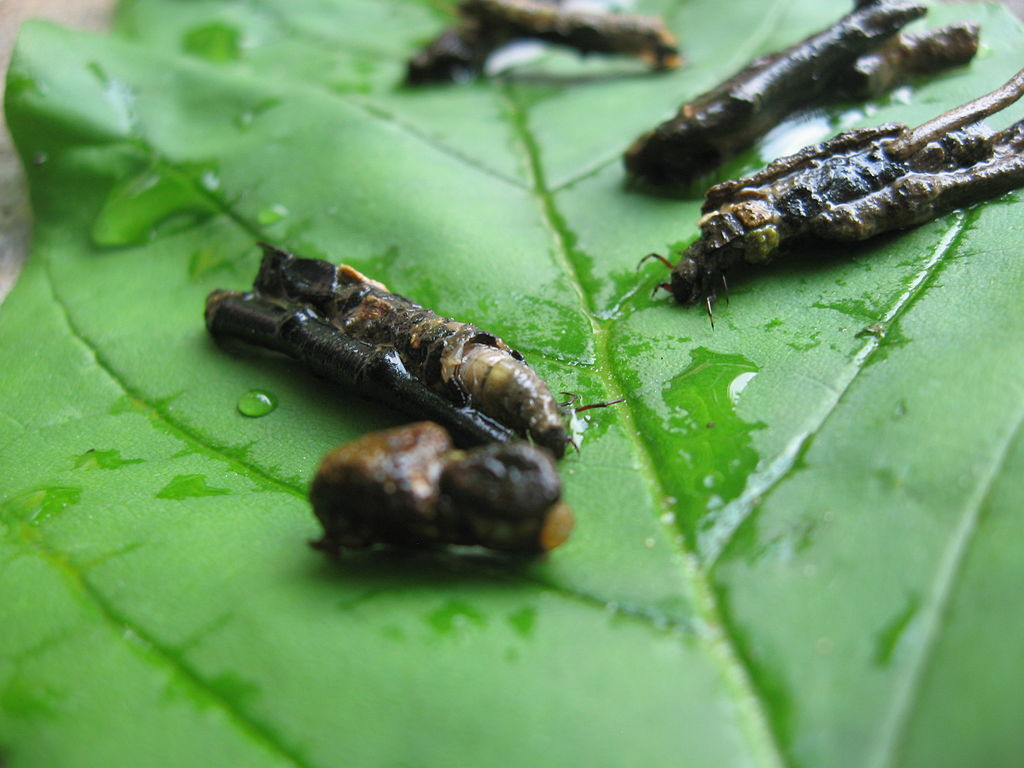
While terrestrial arthropods dominated the undergrowth, aquatic invertebrates ruled prehistoric freshwater habitats during the dinosaur age. Insects such as mayfly nymphs, dragonfly larvae, and caddisfly larvae were important components of freshwater ecosystems, serving both as predators and as prey for vertebrates. Mayfly nymphs from the Mesozoic closely resemble their modern counterparts, suggesting similar ecological roles as grazers and detritivores in ancient streams and lakes. Dragonfly larvae were voracious predators in aquatic environments, using their extendable mouthparts to capture prey, just as their modern relatives do today. Caddisfly larvae, known for building protective cases from sand grains, plant fragments, or small shells, also have a fossil record extending back to the Mesozoic. Other aquatic invertebrates included various crustaceans, such as ostracods, small shrimp-like animals that were abundant in both freshwater and marine environments. Together, these aquatic invertebrates formed complex food webs in Mesozoic freshwater ecosystems, processing organic matter, cycling nutrients, and supporting populations of fish and other vertebrate predators.
Amber: Windows into the Mesozoic Microcosm
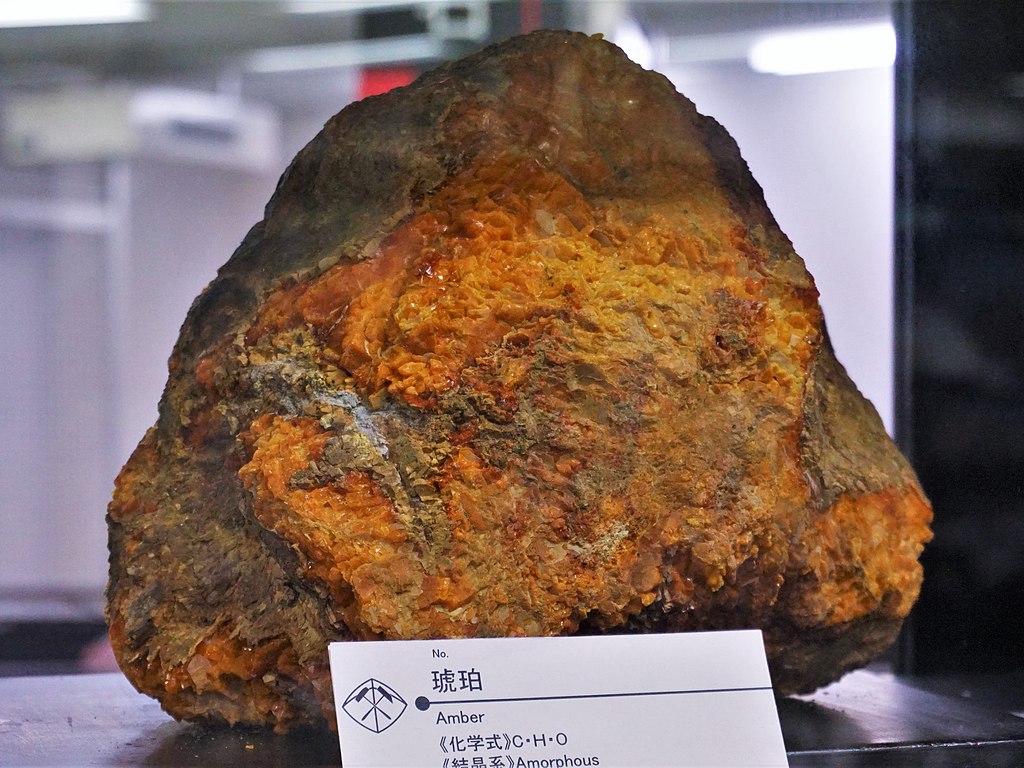
Amber, fossilized tree resin, provides our most detailed glimpses into the world of Mesozoic invertebrates. These golden time capsules have preserved delicate organisms with extraordinary fidelity, capturing details that would be lost in conventional fossil preservation. Cretaceous amber deposits from locations such as Myanmar (Burma), Lebanon, Spain, France, and Canada have yielded thousands of arthropod specimens, many representing extinct lineages or the earliest known examples of modern groups. The three-dimensional preservation in amber reveals minute anatomical details, including mouthparts, sensory structures, reproductive organs, and even internal tissues in some cases. Beyond preserving morphology, amber sometimes captures behaviors frozen in time—predator-prey interactions, mating rituals, parental care, and other aspects of arthropod biology that would otherwise be unknown from the fossil record. Some amber pieces contain multiple organisms caught together, providing direct evidence of ecological associations and community structure. In rare and particularly valuable cases, amber has preserved soft tissues and even cellular structures, potentially allowing for extraction of ancient DNA or proteins, though such biomolecular preservation remains controversial among scientists.
Social Insects: Ancient Civilizations in Miniature
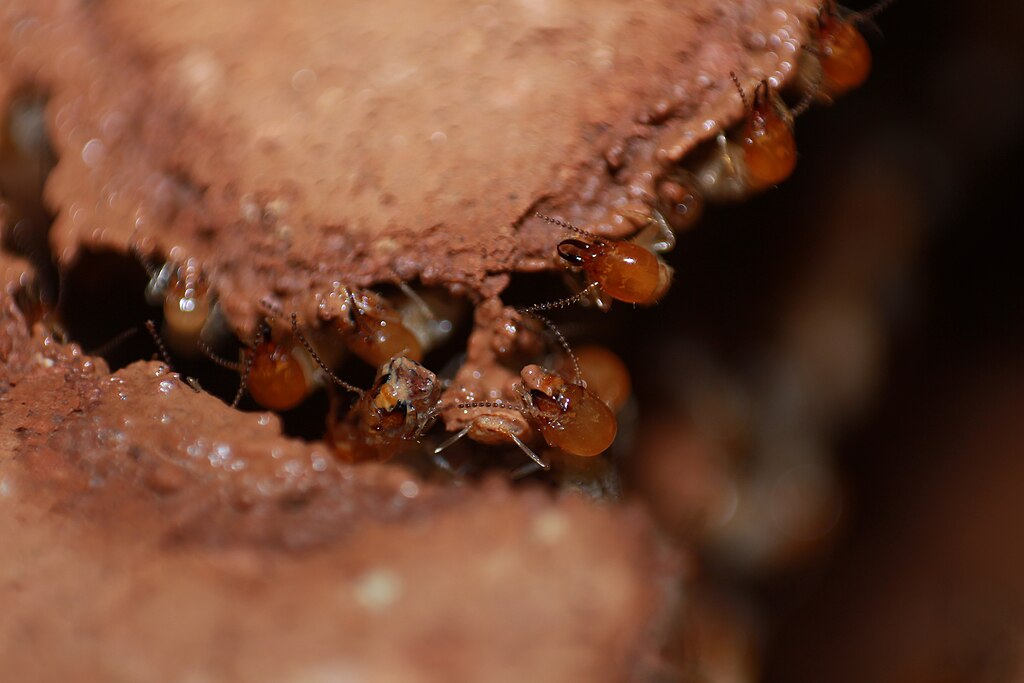
Eusocial insects—those with advanced social organization featuring division of labor, cooperative brood care, and overlapping generations—were already well-established during the dinosaur age. Termites, which evolved from cockroach ancestors, had developed their complex social systems by the Early Cretaceous at the latest, as evidenced by fossilized termite nests and worker castes preserved in amber. These ancient termites already displayed the specialized morphology and behaviors associated with their social lifestyle, including the construction of elaborate nests and the cultivation of fungus gardens in some lineages. Ants, another highly successful group of eusocial insects, appear in the fossil record by the mid-Cretaceous period, with specimens preserved in amber from Myanmar dating to approximately 99 million years ago. These early ants already showed some features of social organization, though their colonies were likely smaller and less complex than those of many modern species. The evolution of eusociality represented a major transition in the history of life, allowing these insects to achieve ecological dominance through collective action. By cooperating in foraging, defense, and reproduction, social insects were able to exploit resources more efficiently than solitary species, contributing to their success throughout the later Mesozoic and beyond.
Chemical Warfare: Mesozoic Defensive Strategies

Many Mesozoic invertebrates evolved sophisticated chemical defenses to deter predators, creating a biochemical arms race that drove further evolutionary adaptations. Millipedes, which were common in Mesozoic forest floors, likely possessed defensive glands capable of producing noxious substances similar to those of their modern descendants, including hydrogen cyanide, benzoquinones, and various alkaloids. Beetles, particularly diverse during the dinosaur age, had evolved various chemical defensive mechanisms, including the ability to spray irritating compounds—a strategy still employed by bombardier beetles today. Amber fossils of termite soldiers from the Cretaceous show enlarged defensive glands in their heads, suggesting they already used chemical defenses to protect their colonies. Ants preserved in Cretaceous amber include specimens with enlarged metapleural glands, which produce antibiotic substances that help maintain colony hygiene. These chemical defenses would have been effective against various predators, including other arthropods, small vertebrates, and possibly even some dinosaurs that fed on the invertebrate fauna of the forest floor. The chemical ecology of the Mesozoic undergrowth thus represented a complex landscape of molecular adaptations that significantly influenced predator-prey relationships and community structure.
The K-Pg Extinction: Survival of the Small

When the Cretaceous-Paleogene (K-Pg) extinction event struck 66 million years ago, eliminating all non-avian dinosaurs and many other vertebrate and invertebrate groups, many arthropods displayed remarkable resilience. The ability of many insects and other invertebrates to survive this catastrophic event can be attributed to several key factors. Their small body size allowed them to utilize microhabitats that might have offered protection from the immediate effects of the asteroid impact and its aftermath. The short generation times of most arthropods enabled rapid population recovery and adaptation to changing environmental conditions. Many insects had evolved dormancy mechanisms—such as diapause in eggs or pupae—that could have allowed populations to weather periods of resource scarcity. Additionally, dietary flexibility gave some arthropod groups the ability to switch food sources as plant communities changed following the extinction event. The fossil record indicates that while certain insect groups did experience significant turnover at the K-Pg boundary, the overall arthropod community structure remained relatively stable compared to the dramatic changes seen in vertebrate faunas. This differential survival helped shape post-Mesozoic terrestrial ecosystems, where insects and other arthropods continued their ecological dominance in the undergrowth while mammals replaced dinosaurs as the dominant large terrestrial vertebrates.
Modern Legacy: Mesozoic Origins of Today’s Invertebrate Fauna
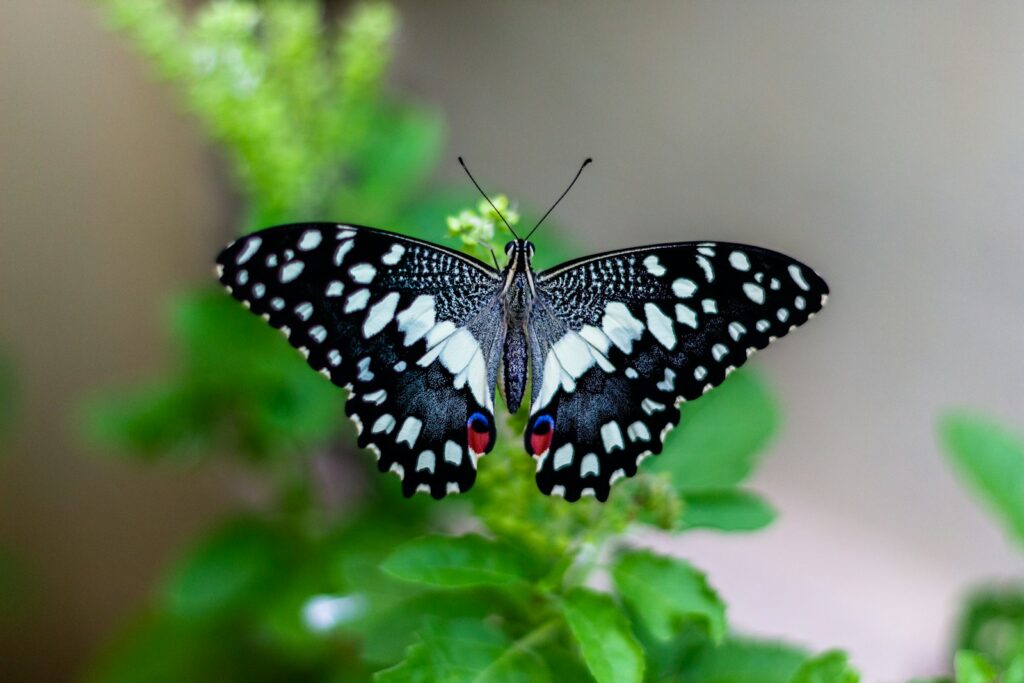
Many of the invertebrate groups that dominate modern ecosystems trace their origins or major diversification to the Mesozoic Era. Molecular clock analyses and fossil evidence suggest that many insect orders and families that are ecologically significant today—including beetles, flies, wasps, butterflies, and moths—underwent substantial diversification during the Cretaceous period. This diversification was likely driven by the simultaneous radiation of flowering plants, creating new ecological opportunities and niches. The major groups of pollinators that support modern agricultural systems and natural ecosystems, including bees, originated during the Mesozoic. Many modern insect families first appear in the Mesozoic fossil record, with forms remarkably similar to their living descendants, suggesting that fundamental aspects of their biology were established over 100 million years ago. When we observe insects in our gardens or arachnids in our homes today, we are witnessing the descendants of survivors from the age of dinosaurs, carrying genetic and morphological legacies from that distant time. Understanding the Mesozoic origins of modern invertebrate groups provides important context for conservation efforts, as we work to preserve biodiversity that represents hundreds of millions of years of evolutionary history.
Conclusion
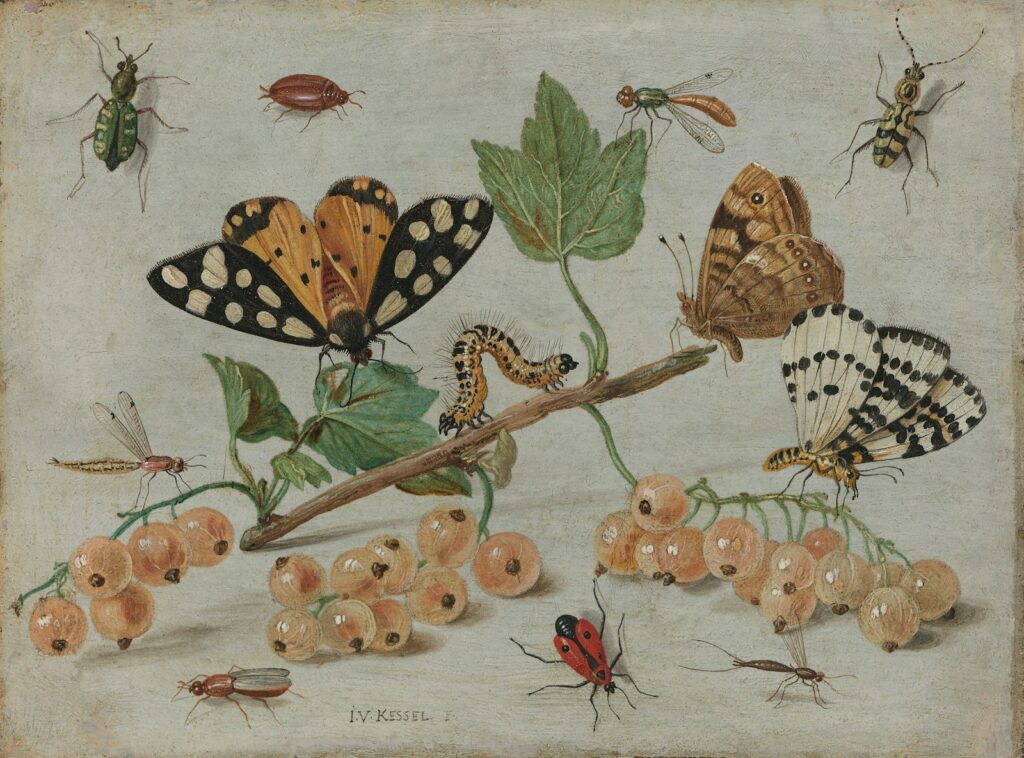
The invertebrates of the Mesozoic Era represent an extraordinary evolutionary success story that paralleled and intertwined with the age of dinosaurs. While dinosaurs captured the imagination with their size and diversity, the true ecological dominance may have belonged to the arthropods that ruled the undergrowth. From the first flying animals to sophisticated social systems, from chemical warfare to complex plant relationships, these tiny predators and their contemporaries developed innovations that continue to influence life on Earth today. Their ability to survive the catastrophe that eliminated the dinosaurs ensured that their evolutionary legacy would continue into the modern era. The next time you observe an insect going about its business, remember that you’re witnessing the descendant of creatures that lived alongside Tyrannosaurus and Triceratops—a living connection to the distant past when tiny predators ruled the undergrowth of a world dominated by giants.



